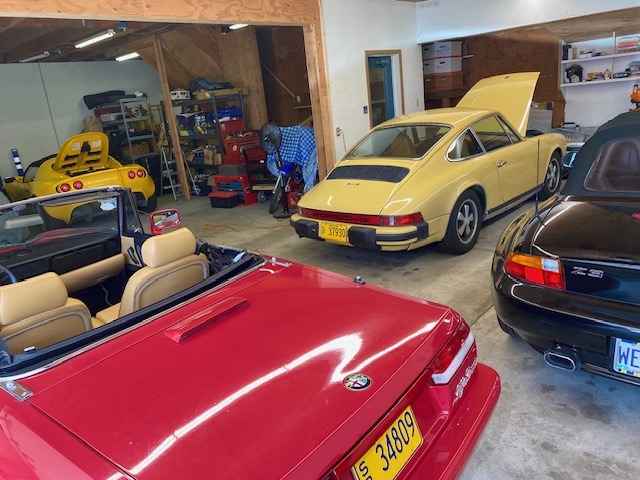
Last week I asked about your approach to online bidding. Thank you for your thoughtful answers.
I promised in return to share my way with you. First, we have to differentiate between “in the hunt” or “just looking.”
Of course, everything tends to start with “just looking.”
At any given time, there will be a few marques I am following for no particular reason. Right now, that would be Volvo 240s and Avantis.
When I’m looking at a car being offered in an online auction, the first thing I take note of is location. As it can easily cost over $3,000 for coast-to-coast enclosed transport, anything for sale within 500 miles is instantly more attractive.
I read the descriptions carefully. When I see the words, “slight rust bubbles on the rear fender or in the bottoms of the doors,” I am gone, especially if the car is from the Midwest or East Coast. Bitter experience has taught me that a few bubbles in the doors usually mean more severe rot in other less-visible places.
I learn something from every description I read. I confess I don’t often look at the 200-plus pictures that accompany many cars, especially when the car in question is one where I do not know enough to spot right from wrong.
Because I have examples in my garage, I also follow Alfa Romeo 750s, 101s, 105s and 115s. Also: Lotus Elises, Jaguar V12 E-types and mid-year 1973-75 Porsche 911s.
I always watch all of these, as they give me a “real-time” snapshot of the values of my cars. For instance, 750/101 Alfas seem to be trending down, while Lotus Elises seem to be going up.
As I have a 1967 Duetto that will be for sale someday, and as I am fond of and familiar with these cars, I look at their listings especially carefully.
The words, “rockers and floors replaced” scare me. It takes a real artist, like our local guru Bill Gillham, to replace floors and rockers properly. Further, just how bad was the rust in those cars that those replacements were needed?
Stock is generally best when it comes to everything on car. I’d rather see a well-maintained original engine than most upgrades, which can be ham-fisted. I prefer cars in their original colors, and interiors with the proper seats and upholstery.
So that’s how I get starting in culling the dreck from the gold in online auctions.
Next week, I’ll cover deciding when to jump in.
Keith. As a long time collector of classic cars, the most important requirement, first , is whether the car I am looking to buy has a clear title; secondly , I NEVER buy with out PERSONALLY seeing the car; Third , studying the investment trend !… is the car appreciating the past 10 years or showing a decline trend ?…..those are my 3 factors in buying an older classic. In my 55 years of
“ investing “ in classic cars , I have always made money by following these 3 requirements , with NO exceptions, ever !
Keith being a west coast transplant on the east coast now, I agree with anything that says rust. That is the first thing I ask about as it is something that I have pretty much no experience with. However, I did buy a 72 blazer that was brought new and never really left Ventura CA, and the inside of the doors were a mess from Salt Water leaking in the windows (The biggest rust battle in my history).
A lot of what I am interested in is a challenge to chart since I like the odd stuff. Instead of buying a 61 Impala, I brought home a 61 Buick Invicta (modified), so tend to follow a bit of emotion there, than market trends since there could be far and few examples to chart from.
I will be looking forward to your view points on when to jump in.
Thanks,
Jay